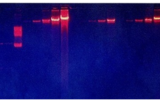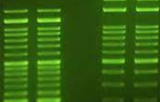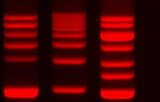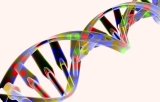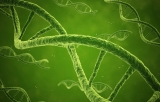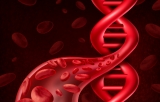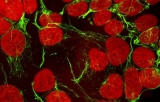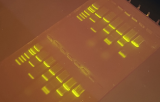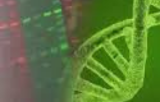
Nucleic acid gel stain
|
Nucleic acid gel dyes are dyes used to detect DNA. When bound to DNA molecules and illuminated with UV or blue light, these dye molecules emit intense fluorescence, allowing the DNA to be visualized, sized, and quantified. Nucleic acid staining is an essential step in many molecular biology experiments and biotechnology for various applications related to the detection, quantification, and visualization of nucleic acids (DNA and RNA). These dyes are used in techniques such as gel electrophoresis, real-time PCR, fluorescence in situ hybridization (FISH), next-generation sequencing (NGS), fluorescence studies in cell biology, Western blot, and labeling probes for molecular biology. They help in identifying, quantifying, and visualizing nucleic acids in different research and diagnostic contexts. The choice of dye depends on the specific technique and research goals.
The choice of dye will depend on a number of factors, including the sensitivity required, toxicity, cost and availability of imaging systems. It is essential to choose the dye best suited to your specific needs. |


